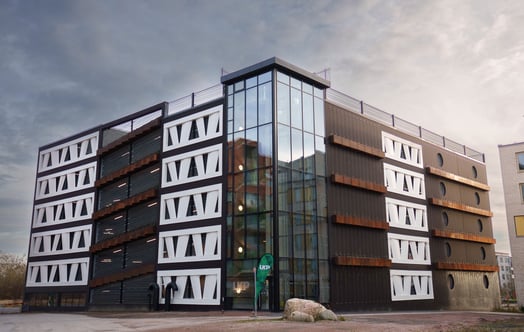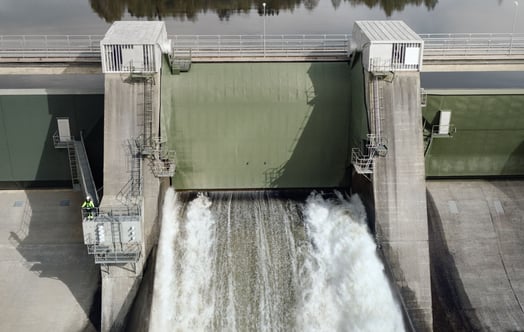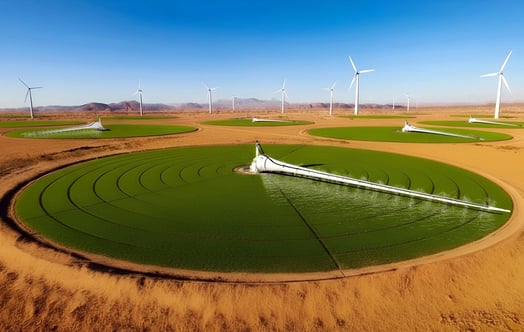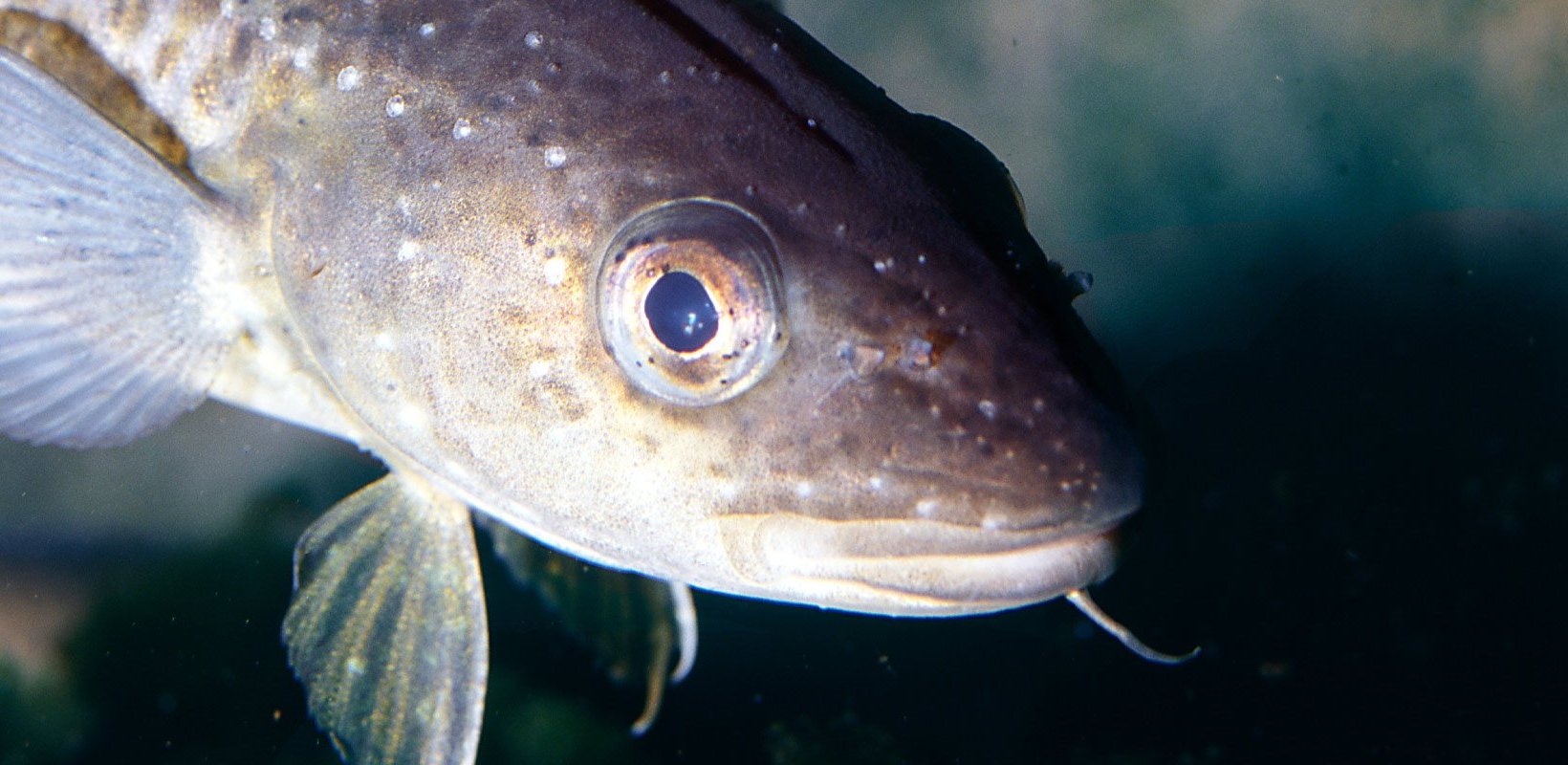
As offshore wind farms expand to power the green transition, the competition for ocean space is intensifying among many users—from fisheries to shipping and conservation. Researchers are exploring how renewable energy and sustainable fishing can co-exist, ensuring both food security and the achievement of climate goals.
Water makes up more than 70 percent of our planet. That sounds like a lot, but much of what humans use the oceans for is done in the same areas. Oceans are where we transport goods and people, acquire food, and harvest energy.
This is why the ability to utilise marine areas for multiple purposes simultaneously is gaining importantance.
“When we look at forecasts for the coming decades, especially in the North Sea and Baltic Sea, it’s clear that the density of human activities will intensify, particularly in relatively shallow and nearshore areas where current wind development is also concentrated,” says Tim Wilms, Bioscience expert at Vattenfall. “These zones are already among the busiest, and individual industries aren’t likely to have the luxury of continuing to operate in isolation. If we don’t start exploring synergies now, we risk running into spatial conflicts later on. Our approach is to be proactive: engage early, talk to stakeholders, and initiate pilot studies that test co-use in practice.”
Register for our monthly newsletter THE EDIT
THE EDIT is Vattenfall's new monthly newsletter. Each issue highlights a new burning issue from the world of sustainable energy and fossil freedom.
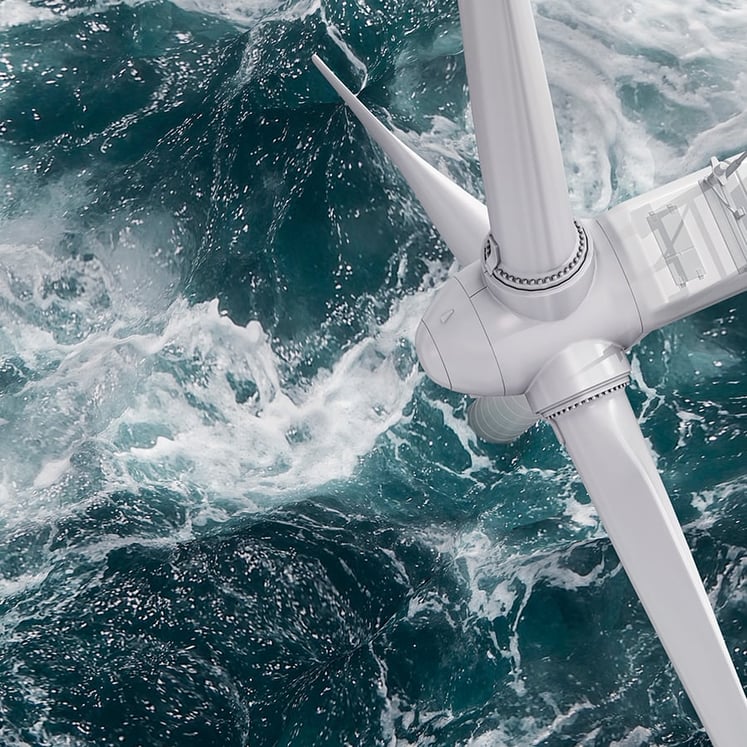
The passive fishing advantage
One solution is to combine wind farms with passive fishing. The appeal of this method lies in the name. The use of static gear such as traps, pots, creels, handlines, or gill nets, as opposed to active methods like trawling, enables more careful, less impactful fishing methods. Smaller boats can operate between turbines, for instance, and passive fishing minimises the risk of nets snagging on cables and damaging equipment.
“Passive gear stands still. It remains where you left it. That means it’s easier to have the gear in highly controlled areas such as an offshore wind farm with safety zones,” says Peter Ljungberg, Environmental Assessment Specialist at the Swedish University of Agricultural Sciences.
Vertical nets and selective traps have another advantage: they’re more sustainable and selective than trawling, which drags huge nets across large areas of the seabed that catch everything in their path.
“You don’t get nearly as much bycatch with passive fishing,” says Wilms. “These methods target specific species, and there has been greater focus on minimising bycatch of seabirds and marine mammals. It’s also a question of reducing seafloor impact and cable risks.”
Addressing other advantages of using passive fishing methods, Ljungberg stresses that passive fishing keeps the catch alive.
“Traps can work almost as a protective cover—you can release the fish you don’t need,” he explains. “And it’s easier to keep birds and marine mammals like seals away from the fish you want to catch, as well as from the gear.”
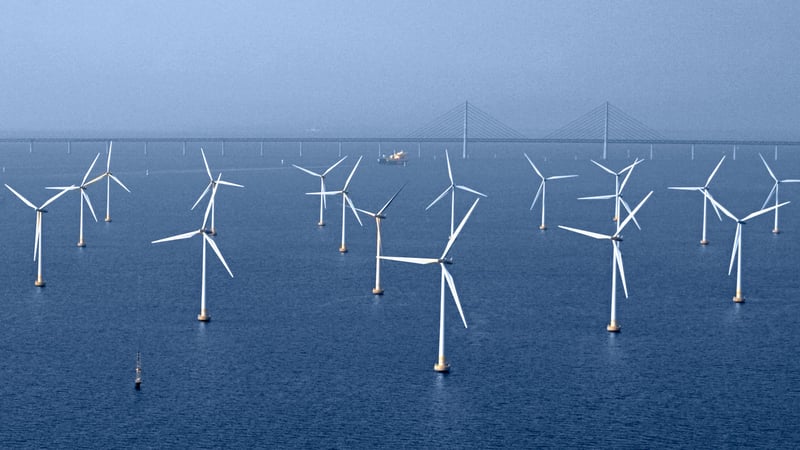
Swedish Lillgrund wind farm.
Building trust through collaboration
Vattenfall, together with the Swedish University of Agricultural Sciences, is testing the passive fishing concept through the WIND4COCO project at its Lillgrund wind farm in the Baltic Sea. The project builds on a rarely seen combination of studies done both pre- and post-construction of the wind farm, giving researchers a unique long-term view of how marine life responds to offshore wind. Now, nearly 14 years later, scientists are back to tracking changes in fish communities and are exploring a new question: Can wind farms become co-use areas for clean energy and sustainable fishing? By trialling different low-impact fishing approaches, the project aims to understand how these two activities can share the same waters.
Ljungberg sees the project as an excellent way to study the effects on sea fauna. There are a few ongoing international studies, but he’d like to see more.
“There hasn’t been enough analysis of this subject yet. To me, this is surprising. More research would make it easier to identify the effects on marine fauna that come from wind parks versus effects that are just due to general environmental changes. We need to be able to monitor more.”
But the initiative goes beyond answering important research questions.
“Our collaborative trials with local fishermen inside offshore wind farms are not just about testing gear or co-use potential—they’re about building trust.” says Mats Jarnhammar, Senior Stakeholder Manager at Vattenfall. ”By inviting stakeholders into the process early, we create shared ownership of the space, which helps ease tensions and fosters more constructive dialogue with fishing organizations.”
Beyond fishing: a multi-use future
The co-use of space can create many different opportunities , not only for the fishing industry or energy companies, but for the protection of our oceans as well.
“As offshore activity grows, we need to use the same waters more intelligently,” says Tim Wilms. “Through nature‑inclusive design, for example reef‑enhancing scour protection or features that create shelter and feeding surfaces, wind farms can support marine life while producing clean power. And, where regulations and safety allow, passive fisheries can operate between turbines, reducing gear conflict and helping us use space better. The goal is co‑use through smart spatial planning, with passive fishing in wind farms as one workable element”.
It is clear that passive fishing is just one piece of the puzzle. Future offshore wind farms could also host aquaculture, such as seaweed farming, nature conservation efforts or even floating solar panels. These ideas align closely with Vattenfall’s Biodiversity Transition Plan 2030, which promotes innovation and solutions that benefit both nature and society.
What’s next?
The research continues with more fieldwork activities planned at Lillgrund for 2026. Yet, the vision is crystal clear: a future where renewable energy, sustainable fisheries, and marine conservation work hand in hand. Co-use of ocean space isn’t just a necessity; it’s an opportunity to rethink how we share our seas
Read more about Vattenfalls continous work on biodiversity

